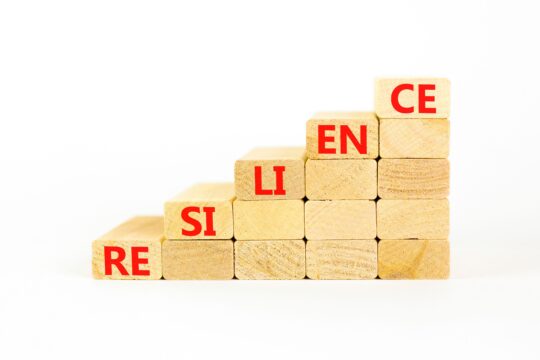We have all had to struggle at one point or another in our lives. As human beings we understand that sometimes life can get hard and that we have to push ourselves in order to get through it. As children, this is a lesson that needs to be learned. Our students who struggle in school must learn to persevere and move through the problem in order to get to the other end.
As a teacher, it often seems easier to help a struggling student out, rather than use teaching strategies to give them the tools to get through it. We often have to fight the urge to give the student the answer or tell them what to do because we have 20 other students that need our help too. However, it is part of our job to keep our struggling students working so that they can learn and recognize what hard work is all about. It’s important for them to learn the lesson of persistence and perseverance. Here are 10 simple teaching strategies that you can use to help your struggling students so they can become more independent workers.
1. Fight the Urge to Tell Students the Answer
As mentioned earlier, sometimes it is just easier to give the struggling student the answer rather than taking the time to give them the tools to find the answer themselves. However, as a teacher, this is something you should not do, ever. It is your job to teach the student and give them the tools that they will be able to take with them for the rest of their lives. This means fighting the urge to give them the answer just to save you time with your other students.
2. Give Students Time to Think of the Answer
Research has shown that teachers, on average, only wait one second or less between asking students a question and calling upon a student to answer the question. If teachers give students just a few seconds more to really think about their answer, they’re much more like to give and answer and provide elaboration.
3. Allow Student to Explain Their Answers
How many times have you asked a student a question to repeatedly get the answer, “I don’t know”? Encourage students to come up with an answer, even if they are unsure. Teach them how to explain to you how they got their answer. Once you find out how they got their answer, it will be easier for you to figure out what they are doing wrong. Require that all students must come up with an answer and be able to explain how they got it.
4. Write Down All Directions
Struggling students can often have a hard time paying attention and remembering things. If you give them oral directions, they may have difficulty fully remembering them, which means they will struggle to know what to do next. Make sure that you always write down everything that you want the students to do on the front board so there are no excuses from any student and they always have a resource that they can refer to.
5. Teach Perseverance
Teach students that when the going gets tough, they must keep on working. This means when they get stuck on a question, they need to try out a few different strategies until they get it. A simple way to do this is to keep a few tips and strategies listed somewhere in the classroom, preferably on a wall where all students can see it from their desks.
6. Teach Time Management Skills
Struggling students have a hard managing their time and daily tasks because oftentimes it feels overwhelming to them. Teach students how to manage their time and their tasks by having them write down their whole schedule for one day. Then, have students estimate how long they think it will take them to do each task that they listed. Go over the list and discuss how much time should be spent on each task. This activity will help them understand that time management skills are essential, and that they must take ownership of their learning in order to keep them from struggling in school.
7. Take it One Task at a Time
Sometimes the easiest way for a struggling student to understand a concept better is to take it one question at a time. If you find that you have many struggling students, then this is the best option for the whole group. For example, if students are doing small group work, instead of giving them a list of 10 questions to answer together all at once, have them answer one question at a time, and after each question, have them regroup as a whole group before allowing them to go onto the next question.
8. Ask Questions that Require Students to Think
Struggling students need to practice thinking on their own. Take the time to ask questions that make students have to think critically about their answer. Teach them how to make inferences and not just blurt out any answer that comes to mind. The more they take the time to think about their answers, the easier time they will have when trying to come up with solutions to the answer.
9. Yield the Chronic Hand Raisers
Students who are having a hard time often get the urge to raise their hands and ask for help frequently. To stop this from happening, you should come up with a strategy that will allow students to move on when they get stuck on a question. Some teachers find that sticky notes or red and green flip cards are an effective technique. Other teachers find that limiting the number of times a student is allowed to ask a question for each lesson works well too.
10. Give Students Encouragement
Effective teachers encourage students and motivate them to do well in school. They take the time to praise them and tell them that they can do anything when they put their mind to it. Be that teacher, the teacher that tells them they can do it!




